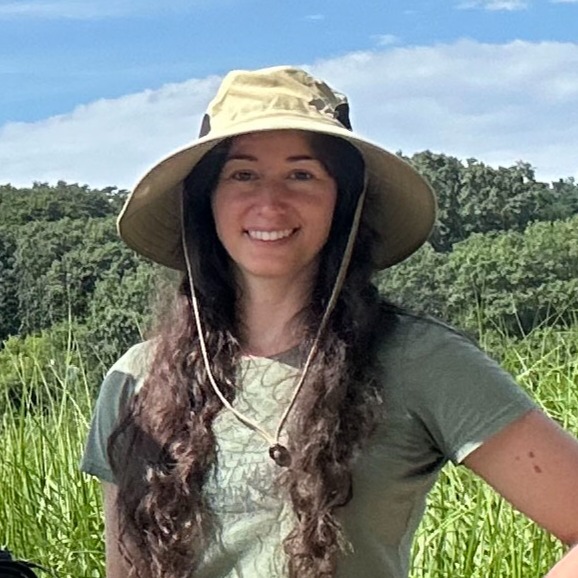
Rachel F
- Research Program Mentor
PhD candidate at Brown University
Expertise
biology, ecology, marine biology, zoology, conservation, anatomy, botany, biomechanics, biochemistry, 3D printing, engineering
Bio
I am a multi-passionate researcher, but I consider myself to be a "functional morphologist"--a scientist who studies how different parts of animals or plants help them survive! This means I am interested in questions like, "does the shape of that leg bone help that antelope run faster?" or, "how does that species of frog capture prey so quickly with its tongue?", or "why do herons have such strangely-shaped necks?". Answering these types of questions often involves the use of many disciplines (such as anatomy, neuroscience, engineering, and physics), as well as a lot of creativity! The driving force behind all of this effort is my broader goal of understanding, appreciating, and conserving wildlife. In addition to academic research, I have professional research experience in the biotech industry. Specifically, I worked in the realm of bio-inspired engineering, which uses basic principles from nature to improve human technologies (an example of this is Velcro, which was designed after small, hook-and-loop shaped hairs on plant seeds!). In my personal time, I enjoy bird photography, art, and cuddling with my cat!Project ideas
Bird Window Strike Prevention
Relevant subjects: Wildlife biology and conservation, animal behavior, animal senses, design, engineering Bird-window collisions pose a significant threat to bird populations worldwide. This project would aim to address this issue by exploring effective strategies to reduce bird-window strikes in urban and suburban environments. This may consist of conducting research on bird strikes in your area, designing window treatments, or raising awareness to create bird-friendly habitats around buildings. Research: 1) Conduct a thorough analysis of local bird populations and their susceptibility to window strikes, and/or 2) conduct a study to identify high-risk areas for bird-window collisions in your town or city. Design: Design and install bird-friendly window treatments, such as patterned films, screens, or external shading devices, on existing buildings to reduce the likelihood of collisions. If you made a design, you may consider monitoring the rate of bird collisions after installing the designs! Awareness: Develop (and potentially execute) an awareness campaign to educate the public, businesses, and local authorities about the impact of bird-window strikes.
Exploring Diversity in Animal Form and Function
Goal: To analyze and compare bone shapes across different animal taxa and develop hypotheses for the significance of bone shape in relation to ecology. Comparative morphology, or the study of how form differs between groups of organisms, plays a significant role in understanding the evolution and diversity. A famous example of a comparative morphological study was Darwin's study of Galapagos Island finches, whose beak shapes diversified for their various diets. Many studies in this field focus on the shapes of bones, especially the skull or limb bones. Studies comparing animal bone shapes have traditionally been carried out in museum collections, which are typically available only to professional researchers. However, the amount of public, digital data available for the study of animal anatomy has been growing wildly in the past decade--This means that students can visualize bones from a wide variety of species from home! Here are some steps that you might use to carry out a comparative morphological study: 1) Choose a group of animals ("taxon") you are interested in and think about what unique or interesting skeletal features they have. Search existing scientific literature to find out what we know about that feature and why it might have evolved to be shaped that way. 2) Inspect bones from this taxon online and visually compare bone shapes between various species in your group of interest. 3) Think about how the different behaviors and ecologies of your animal group may influence the shape of this bone. You might think about feeding habits, sensory perception, and locomotion, for example. 4) Write your hypotheses about the function of this bone in a research paper, explaining your observations in detail. You could even create some artistic illustrations of the differences you saw! Then, ask yourself--Do your hypotheses agree with existing scientific hypotheses?